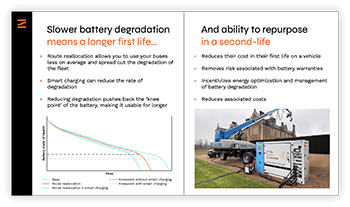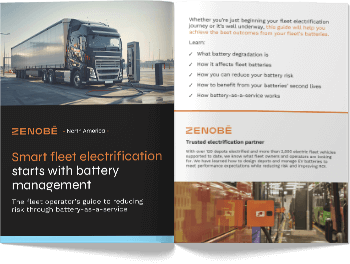Resources from ACT Expo 2025
Download the slides
Breaking down cost barriers and optimizing batteries for fleets
Get the key insights from Steven Meersman’s presentation on reducing costs and managing electric fleet batteries more effectively. Learn about:
- Smart charging savings at scale
- Reducing and managing battery degradation
- Extending battery life and enabling a second life
- Strategies to de-risk electrification
Download the whitepaper
Smart heavy-duty fleet electrification starts with battery management
Whether you’re just beginning your heavy-duty fleet electrification journey or it’s well underway, this guide will help you achieve the best outcomes from your vehicles’ batteries. Learn:
- What battery degradation is
- How it affects fleet batteries
- How you can reduce your battery risk
- How to benefit from your batteries’ second lives
- How battery-as-a-service works
Understanding the total cost of an EV – and how to minimize it
At ACT Expo in April 2025, we showed the advanced techniques and technologies that are essential for fleets to know.
How can you minimize costs, when launching a fleet of electric vehicles? What are the battery facts to know? And why is the circular economy important?
There are some imperatives for fleets when considering electric vehicles. Securing the initial budget is certainly one; but optimizing long-term costs that are associated with running electric vehicles is just as – if not more – important. Let’s dig into some of the key principles.
Smart charging for huge cost savings
Already supporting a global fleet of over 2,000 vehicles, Zenobē has built up rich knowledge and expertise for improving charging outcomes. In our experience, financial benefits can be gained through careful management.
Rather than simply plugging in, charging an electric vehicle should be informed by specific facts about the duty cycles of a fleet, together with energy prices and other factors – leading to improved outcomes, and reduced costs.
Electricity differs from fuel, because its price is more dynamic. In some markets, the price at which it’s purchased changes every 30 minutes. Throughout a 24-hour period, there are higher peaks of usage, and these cause the price to be higher.
In Figure 1, you can see the fluctuating price of electricity – which has a high peak between the hours of 19:00 and 23:00.
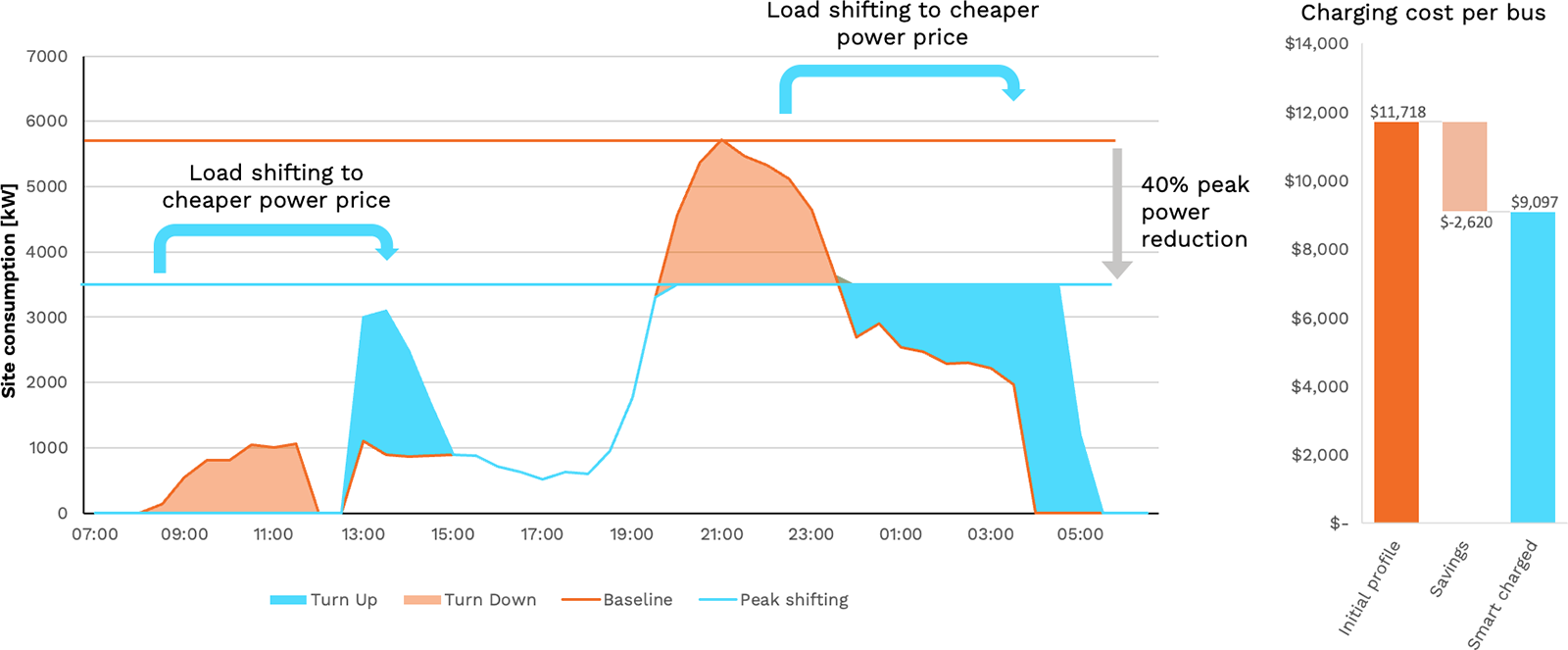
Our modelled example shows a fleet of vehicles that are charged twice during the 24 hours.
By scheduling the first period of charging later in the daytime (blue arrow 1), and shifting the main charge period to overnight (blue arrow 2), this fleet can save $390,000 in energy costs.
In summary: your total possible savings on electricity costs through charging are achieved by analysing prices, and selecting the ideal time at which to charge – enabled by our sophisticated software.
Charging service agreement
Get consistency and reliability from start to finish. With this arrangement, Zenobē designs and installs your charging infrastructure; guarantees daily vehicle charge; and supports you to connect and purchase the power you need.
Interested to know more?
Why do you need to understand batteries?
The battery for an electric vehicle is a new type of asset to understand. When used, it works through a chemical process which leads to degradation, simply understood as decreased capacity; the effectiveness of this process is impacted by external factors, such as temperature and power throughput.
An important implication of this is the potential for the batteries across a fleet to have variable lifespans. Therefore, at Zenobē we take care to advise our clients on ways to maximize the life of this important asset. The longer the battery can operate in a vehicle, the lower the overall cost to you.
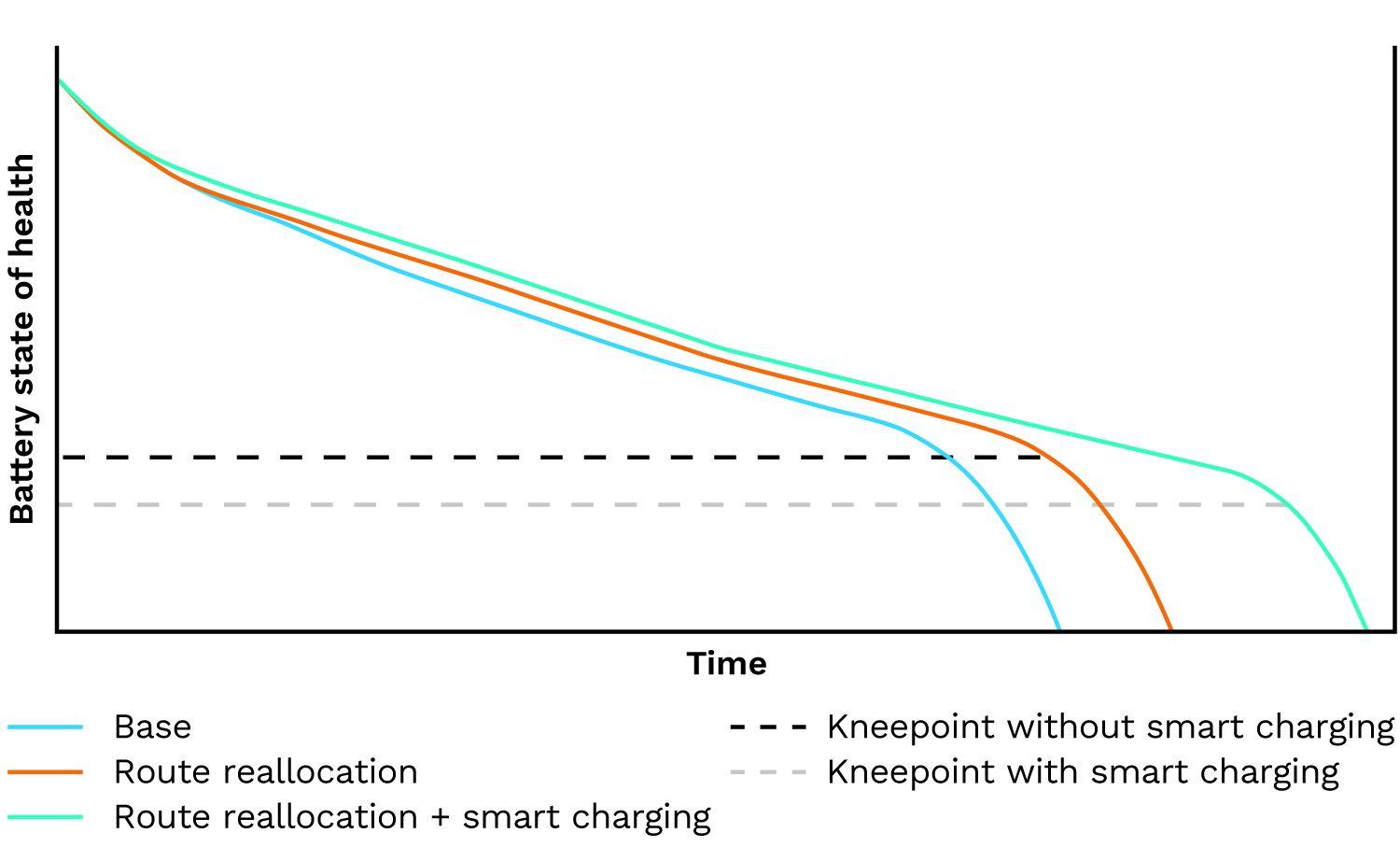
In Figure 2, we can see two turning points marked in the overall life of a battery (black and grey broken lines). This is the ‘knee point’, where a marked change in the state of health of the battery occurs.
In this example, we are highlighting two factors impacting the knee point. Having an awareness of such factors means you can pre-emptively plan and extend your battery life as long as possible.
The first factor is route reallocation. This model shows, in the orange line, a fleet where battery assets have been evenly distributed across all different kinds of routes. In other words, you can make savings by rotating your vehicles, instead of keeping certain vehicles on certain routes. The orange line indicates a later knee point: an extended overall lifespan.
The second factor is smart charging. As we saw in the first slide, smart charging has a positive impact on the price you pay for electricity. Here, we can see it is also improving the state of health of the fleet overall, leading to a longer lifespan. This is because the charging is optimized to avoid only relying on rapid charging which is intensive on the battery and its rate of degradation.
You can read more about ways to enhance the state of health of your battery in ‘Electric bus battery degradation – what causes battery degradation and how to manage it.’
Battery managed service
Many fleet operators want to minimize their financial risk. Our battery managed service allows you to benefit from EVs without the hassle of unexpected financial impact. A capacity guarantee, battery replacement, and battery monitoring all add up to a smoother OPEX investment.
Interested to know more?
A lasting commitment
In vehicle finance, the ‘residual value’ of a vehicle helps to define its value at the end of a lease. Zenobē has taken a similar approach to batteries, with two major benefits: a competitive price for fleet operators, and a reduced environmental impact.
We reuse electric vehicle batteries in portable power applications, such as providing temporary on-site power at construction sites, events and film shoots. While the power-to-weight ratio may drop, after the end of its first life on a vehicle the battery is still able to provide clean power – but this time, in one place.
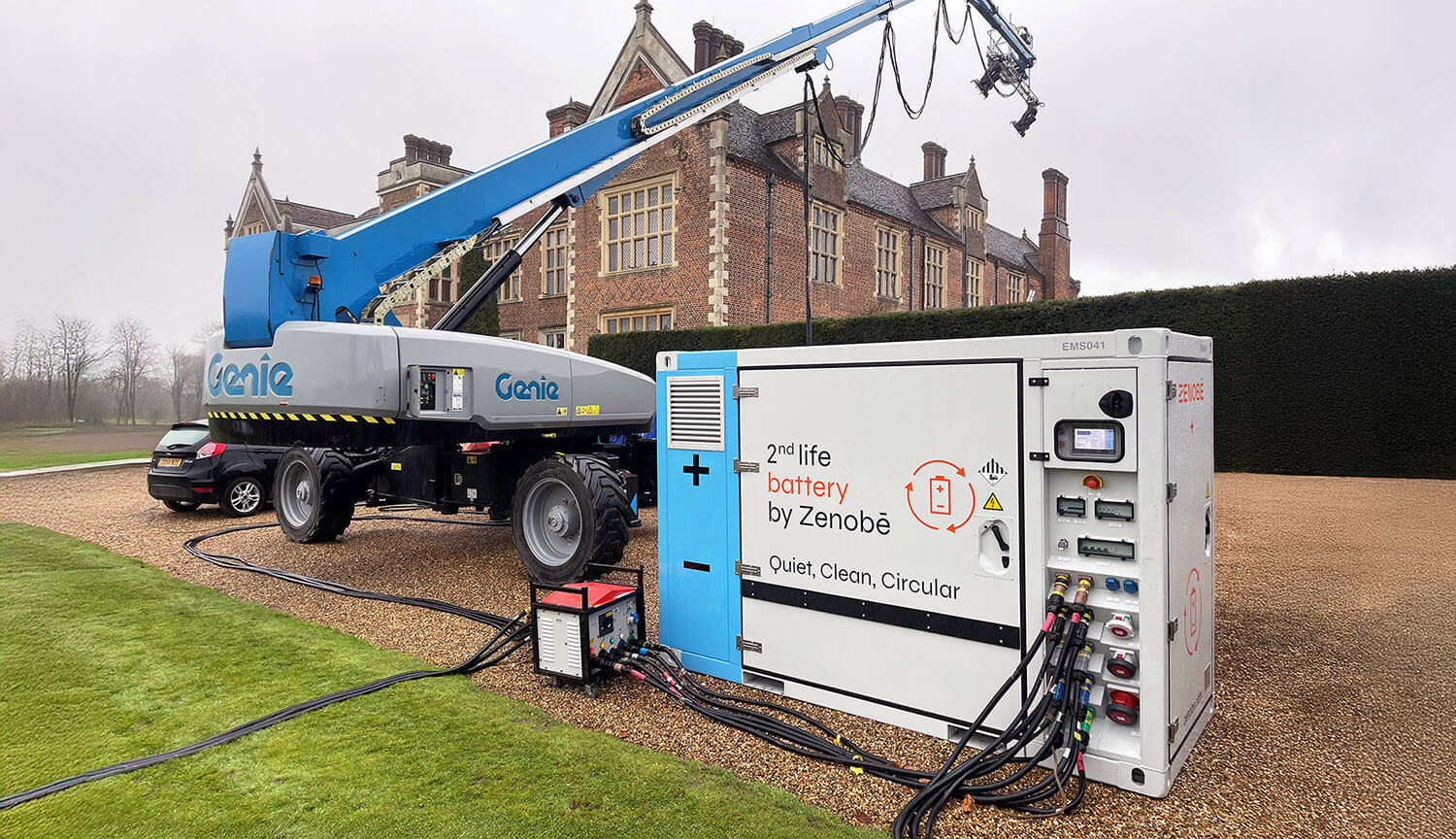
Emissions at a site can be reduced, ensuring the battery’s potential is fully maximized. It’s an innovative approach that reduces the environmental impact of the battery, and Zenobē’s services overall. You can find out more about how our EV vehicles continue to provide value on our Second-life Batteries page.
It’s all part of our integrated and committed approach to electric vehicles. At Zenobē, we focus on innovations that drive efficiency up, and costs down. In this case, second-life batteries incentivize energy optimization and management of battery degradation.
Availability-based eBus service
Combine bus, battery, and charging infrastructure into one package. Zenobē is driving innovation with a full service ‘Electric Transport As A Service’, providing assurance to its clients. Buses can be substituted, providing the ultimate in flexibility for your business.
Interested to know more?
